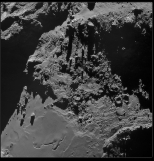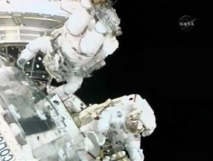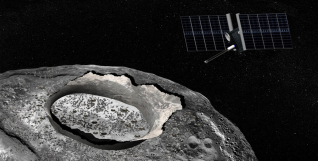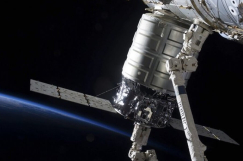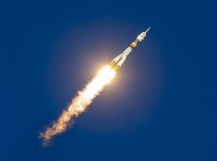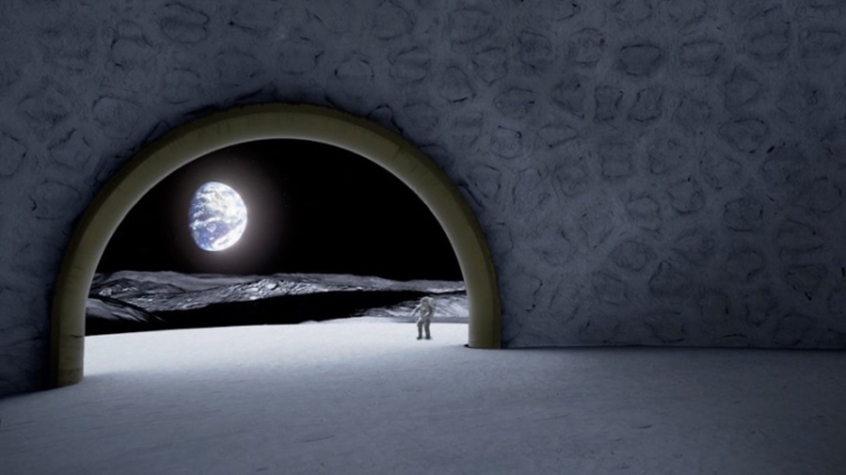
It's going to be a temple like no other—literally out of this world.
The European Space Agency (ESA) has revealed plans for building a temple on the moon as part of mankind's first lunar settlement.
Why build a temple?
Artist Jorge Manes Rubio, part of ESA's future-oriented Advanced Concepts Team (ACT), says his designed "Moon Temple" with a 50-metre high dome would provide the first human settlers on the moon "a place of contemplation."
"Lunar settlement represents a perfect chance for a fresh start, a place where there are no social conventions, no nations and no religion, somewhere where these concepts will need to be rethought from scratch," he says in the ESA news release.
"Humans have brought flags to the Moon, but they've been bleached white by sunlight since then – almost as if the Moon is protecting itself from such terrestrial concepts.
"So this Temple is intended as a mythic and universal structure that can hopefully bring people together in this new environment in novel ways," he says.
Rubio has selected a near-perpetually sunlit peak called Shackleton Crater, which is close to the Moon's South Pole, as the site of the temple. The Earth will always be visible on one of the two openings in the temple while the other will peer out into deep space.
The Moon's poles are seen as promising locations for future human settlements because the lowness of the Sun in the sky allows the area to serve as "cold traps" where water ice—which could be a vital source of water, air or rocket fuel—could be stored.
ESA's plans to build a human settlement on the moon are just part of a much bigger plan to explore the solar system, including Mars.
Speaking at a recent conference, ESA chief Jan Woerner said, "I think we should go first to the moon and then further on," the Daily Mail reported.
ESA's announcement did not mention any timetable for its planned lunar base.
Last year, NASA scientists announced that Moon colonisation could begin as early as 2022 at a cost of just $10 billion, according to Science Alert.
NASA had earlier focused on a mission to Mars, but talk later shifted to establishing a human colony on the Moon first.
"My interest is not the Moon. To me the Moon is as dull as a ball of concrete," NASA astrobiologist Chris McKay, told Popular Science. "But we're not going to have a research base on Mars until we can learn how to do it on the Moon first. The Moon provides a blueprint to Mars."










